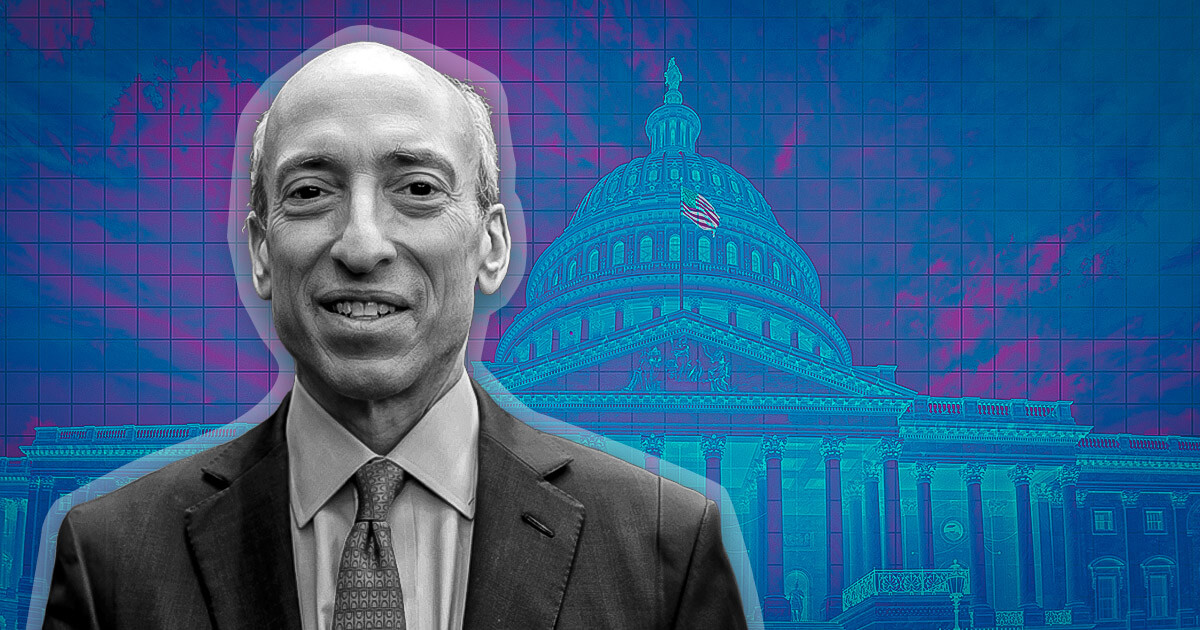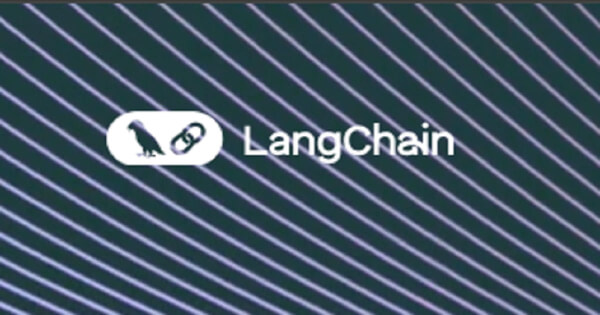The removal of staking from Ethereum ETFs has been driven by regulatory pressures from the US Securities and Exchange Commission (SEC). Issuers amended their ETF filings to exclude staking provisions prior to the approvals on May 23. This strategic shift aims to align with the SEC’s regulatory expectations to allow the approval for their Ethereum ETFs.
Is staked ETH a security?
Staking, which involves locking up crypto to validate transactions in exchange for rewards, is a significant feature of Ethereum’s proof-of-stake (PoS) mechanism. However, the SEC views staking services as potentially constituting unregistered securities offerings. This perspective has led to actions against major crypto platforms like Coinbase and Kraken for offering staking services and alleging violations of federal securities laws. Consequently, ETF issuers removed staking from their proposals to avoid similar legal challenges.
The SEC’s classification of staked ETH as a security hinges on applying the Howey Test, which determines whether an asset qualifies as an investment contract. According to the SEC, staking involves investing money when users lock up their ETH in exchange for potential returns, satisfying the first prong of the Howey Test. The second prong, a joint enterprise, is met as stakers contribute to a shared ecosystem and rely on the collective efforts of network validators and developers to secure and maintain the network. The third prong, the expectation of profits, is fulfilled as stakers anticipate rewards in additional tokens. Finally, the SEC argues that these profits are derived primarily from the efforts of others, such as the validators and developers who ensure the network’s functionality and security. This interpretation aligns staking with the characteristics of an investment contract, thereby subjecting it to securities regulations.
Why staked ETH is not a security
Opponents contend that staking should not be classified as a security because it fundamentally differs from traditional investment contracts. Staking involves locking up tokens to support network operations and earn rewards, which is more akin to a technical service than an investment scheme. The rewards from staking are derived from the network’s protocol and market conditions, not from the managerial efforts of a third party, which challenges the application of the Howey Test’s “efforts of others” prong.
The SEC’s enforcement actions against staking services, such as those involving Kraken and Coinbase, have been criticized for lacking clear guidance and creating a climate of regulatory uncertainty. Critics argue that the SEC’s reliance on enforcement rather than providing explicit regulatory frameworks leaves crypto firms and investors in a precarious position, unsure of how to comply with the law. This approach is considered inefficient and unfair, particularly in an emerging industry that requires clear and consistent regulations to foster growth and innovation.
Moreover, the decentralized nature of many staking activities complicates the SEC’s assertion that stakers primarily rely on the efforts of others. In decentralized networks, validators and stakers operate independently, and the network’s security and functionality are maintained through a collective effort rather than centralized management. This decentralization challenges the notion that staking constitutes a joint enterprise under the Howey Test.
Additionally, critics argue that the SEC’s actions could drive staking activities offshore, reducing the United States’ influence in the global crypto market and potentially compromising investor protection. By pushing staking services to jurisdictions with more favorable regulations, the SEC may inadvertently encourage less oversight and more significant risks for US investors.
Finally, the SEC’s stance may hinder blockchain technology’s broader adoption and development. Staking is a crucial component of proof-of-stake networks, designed to be more energy-efficient than their proof-of-work counterparts. By imposing stringent regulations on staking, the SEC could limit the potential benefits of DeFi and other blockchain-based innovations.
Staked ETH and Ethereum ETFs
The SEC’s approval process for Ethereum ETFs involves submitting 19b-4 forms for listing on exchanges and S-1 forms detailing fund management. While the SEC has approved the 19b-4 forms, the S-1 forms are still under review. The exclusion of staking from these filings is necessary to meet the SEC’s regulatory requirements and facilitate the approval process.
The removal of staking from Ethereum ETFs has sparked debate within the crypto community. Many investors highly value staking for the yield it generates, and its absence in Ethereum ETFs could significantly diminish its attractiveness compared to direct purchases of Ethereum, where invhttp://stakingestors can engage in staking activities. Brian Rudick, a senior strategist at GSR, highlighted the “immediate opportunity cost” of holding Ether in an ETF that does not offer staking.
Despite these concerns, the potential benefits of the Ethereum blockchain remain a topic of interest. Eliminating staking from ETFs could lead to broader implications for supply, network security, and decentralization due to less staked ETH.
In contrast to the U.S., Hong Kong’s Securities and Futures Commission (SFC) is considering allowing staking for Ethereum ETFs. This approach aims to enhance the attractiveness of these ETFs by offering passive income opportunities through staking, potentially boosting investor interest and supporting Hong Kong’s ambitions to become a global crypto hub.
Ultimately, the removal of staking from Ethereum ETFs directly responds to the SEC’s regulatory concerns and legal actions against staking services. This strategic adjustment by ETF issuers aims to align with regulatory expectations and get approval despite potentially reducing the attractiveness of these ETFs compared to direct Ethereum investments.
Will staking be enabled further down the line? Time will tell, and all eyes will be on the SEC and its decision to classify Ethereum and staked ETH in the coming weeks and months.
Credit: Source link















































